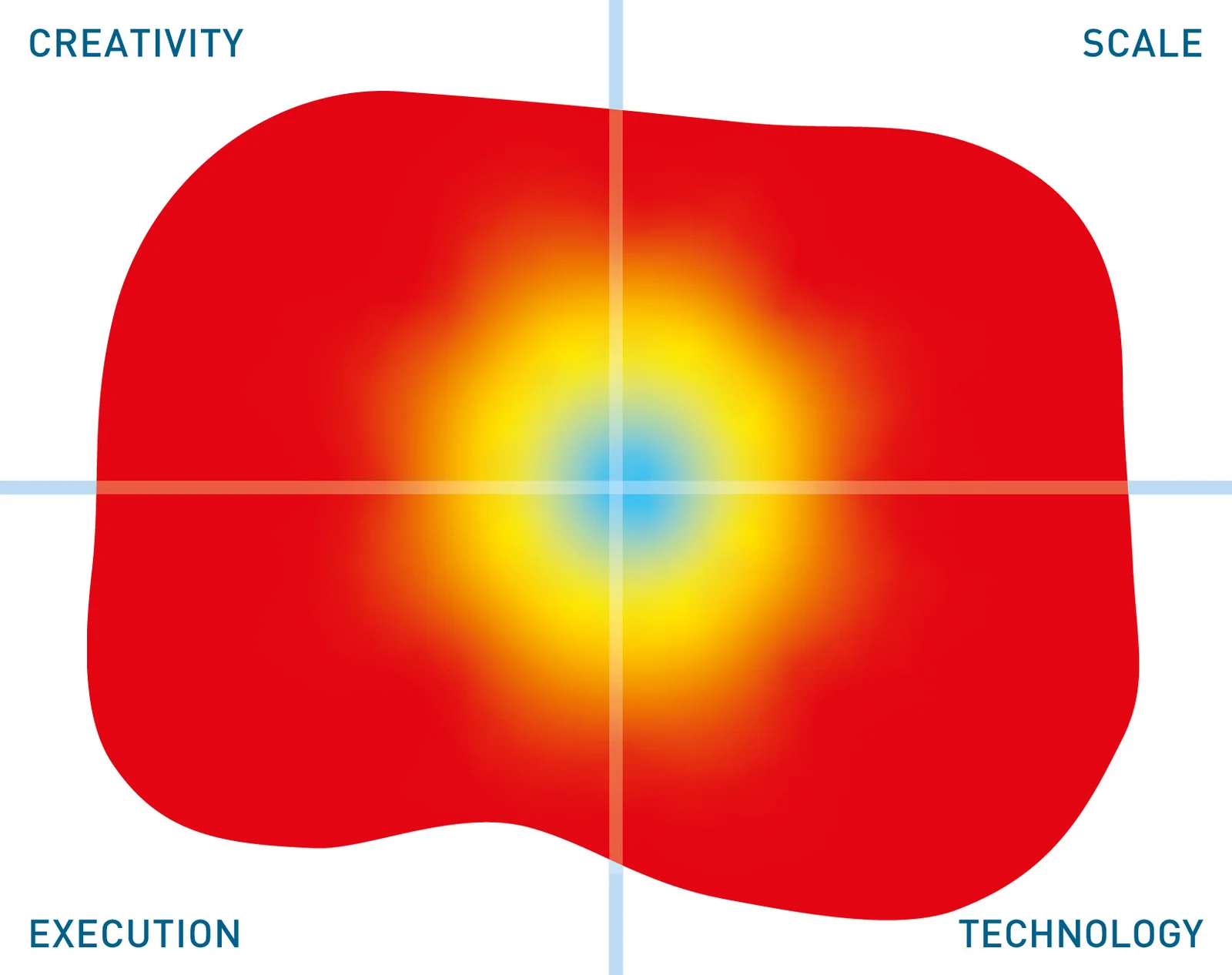SnapLogic Intelligent Integration Platform
Update solution on February 4, 2021

SnapLogic was founded as a provider of application and data integration solutions, but its Intelligent Integration Platform is much broader than that, as Figure 1 illustrates, though we would argue that application integration and even API integration are still actually about moving data. However, SnapLogic Data Science is certainly an extension to data integration, offering both data preparation and model training and development, with the Intelligent Integration Platform taking care of model deployment. As with other elements of the platform this provides a self-service, no/low-code approach to development.

Fig 01 – The SnapLogic Intelligent Integration Platform
Customer Quotes
“With insights derived through SnapLogic, we are empowered to prepare the next generation of learners and help define their careers.”
Tapan Parekh, Director of Engineering and Architecture, Kaplan Test Prep
The key elements of SnapLogic are Snaps and Snaplexes. Snaps are connectors, of which the company provides more than 500 out of the box, and which may be directed towards either structured or unstructured data, including B2B interchange formats such as HL7 or EDIFACT. There is also an SDK for developing your own snaps, you can leverage SOAP or REST, and you can even write scripts using Java, Python or JRuby in the Script Snap, or develop your own Snaps using the provided Java SDK. As far as Snaplex is concerned this is the data processing engine, of which there are two versions: Cloudplex, which runs in the cloud; and Groundplex, which is available in the customer domain, on-premises, or in your choice of cloud. These are shown in Figure 2. Note that data is never within the SnapLogic environment per se, only metadata. The Control Plane serves as the web browser-based user interface, as well as storing the metadata, providing authentication, authorisation, scheduling and relevant management functions to the platform as a whole.

Fig 02 – The two Snaplexes
SnapLogic refers to its solution as a “streaming data platform” and, while it supports streaming software such as Kafka, this is not what the company means. It is in fact referring to the fact that one step in a data pipeline will not have to complete before the next step begins. This is important for performance reasons. While on the subject of pipelines there are several other comments to make. To begin with, pipelines can call other pipelines. In addition, the Iris AI engine built into the Intelligent Integration Platform can make suggestions with respect to pipelines (and Snaps) that you might want to use. The software also has the ability to check the validity of any pipeline you define, and it can show you a preview of the results.
Going back to Iris we should say that SnapLogic was an early adopter of machine learning (and natural language processing) and it is significantly ahead of many of its competitors in exploiting this, adding productivity to the SnapLogic development environment. Iris is powered by the SnapLogic Data Science capability.
Finally, there is a Fast Data Loader, providing both schema and data replication, offered within the context of the platform. Unfortunately, it is currently relatively limited in terms of the sources (Oracle, SQL Server, Salesforce, Coupa and Servicenow) and targets (Snowflake, Amazon Redshift and SAP DW Cloud) it supports at present, though the company will be building these out over time. As an alternative or in addition, there is SnapLogic eXtreme which is a managed service for big data environments, which supports the population of NoSQL-based data lakes and lakehouses. It is based on a serverless environment and supports elastic scaling.
As an integration platform SnapLogic is enterprise-ready (with load balancing, failover, security, resilience and so forth), supports a range of personas and is significantly ahead of many of its rivals when it comes to automation. It has an extensive array of Snaps including those that support sensors and other edge devices within Internet of Things environments. However, perhaps its most important feature is its breadth and the corporate vision that underpins that breadth. The company sees its role as providing what it calls “application automation”. That is, the end-to-end provisioning of pre-built business processes. An example of this is illustrated in Figure 3. In this context, the company is focusing on the development of accelerators to support these cross-silo journeys, including the provision of relevant pre-built and automated processes.
One thing we would like to see is SnapLogic partner with data quality governance and catalogue vendors. No doubt it will work with providers of these technologies but formal partnerships tend to be looked on more favourably than mere integrations.

Fig 03 – Application automation for recruitment
The Bottom Line
The SnapLogic Intelligent Integration Platform is comprehensive. And, as a pure-play (ignoring SnapLogic Data Science) integration vendor it has a breadth that few if any other vendors can match. We especially like its vision of application automation and its use of machine learning.
Related Company
Connect with Us
Ready to Get Started
Learn how Bloor Research can support your organization’s journey toward a smarter, more secure future."
Connect with us Join Our Community
